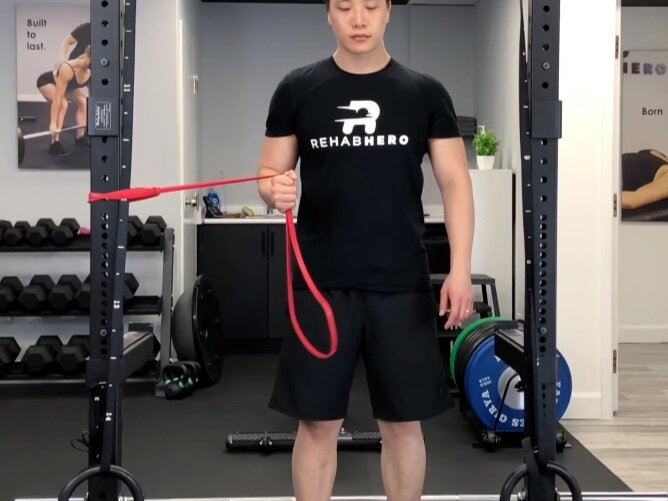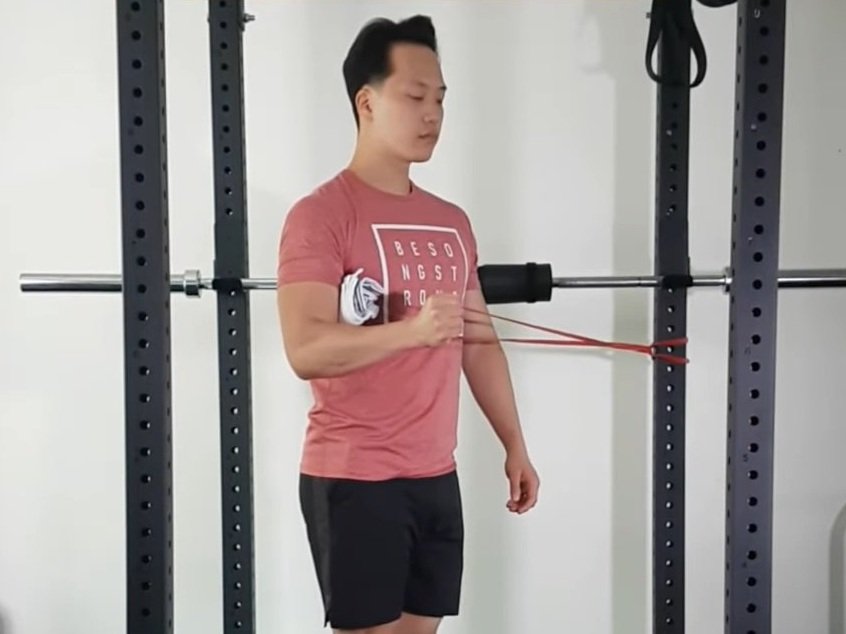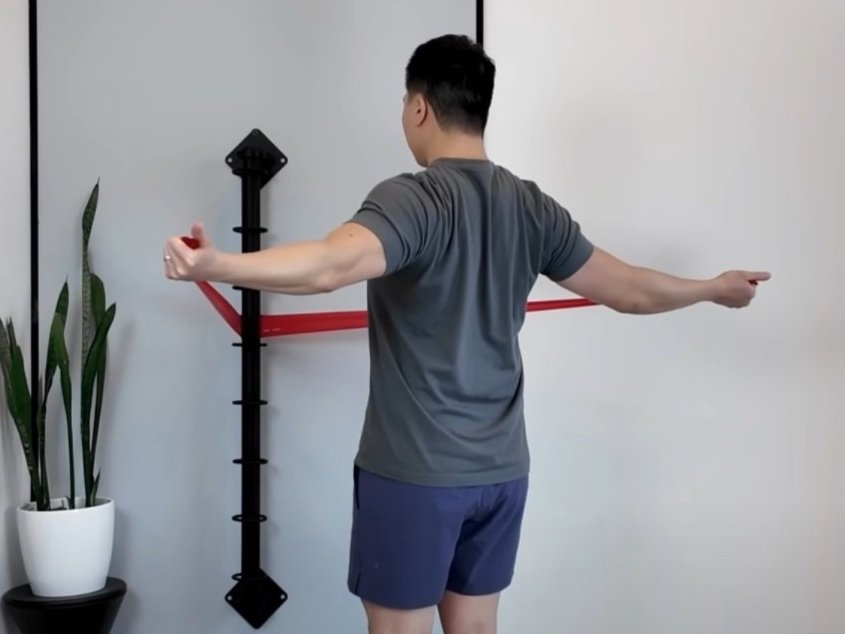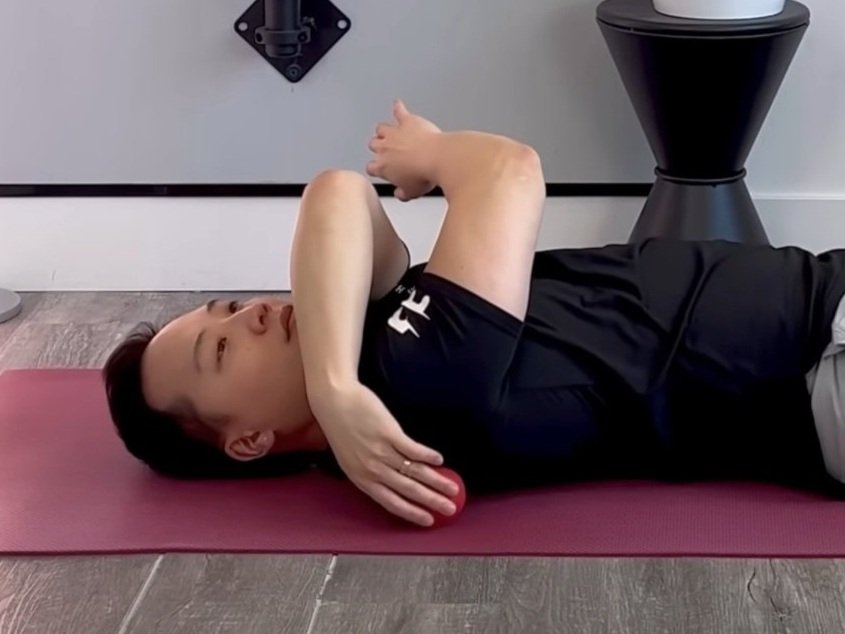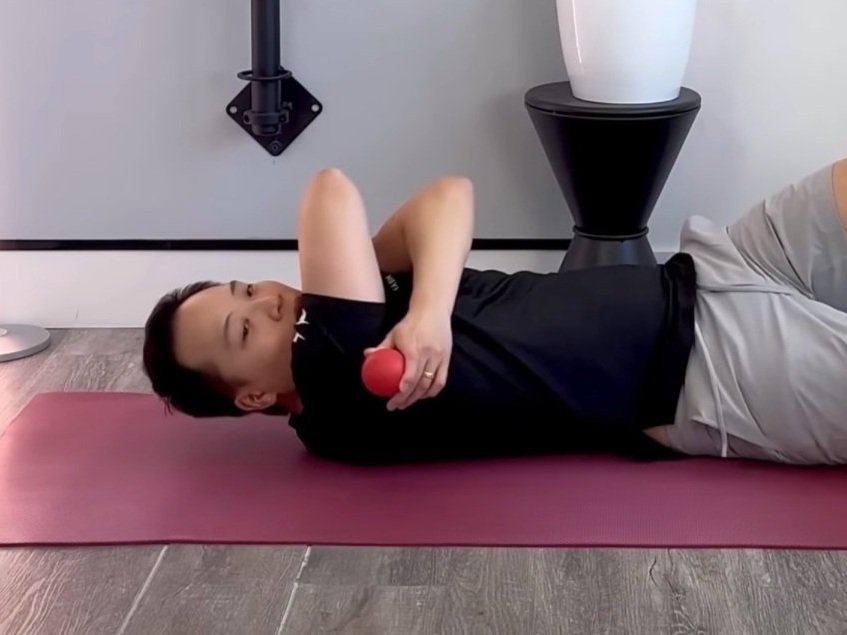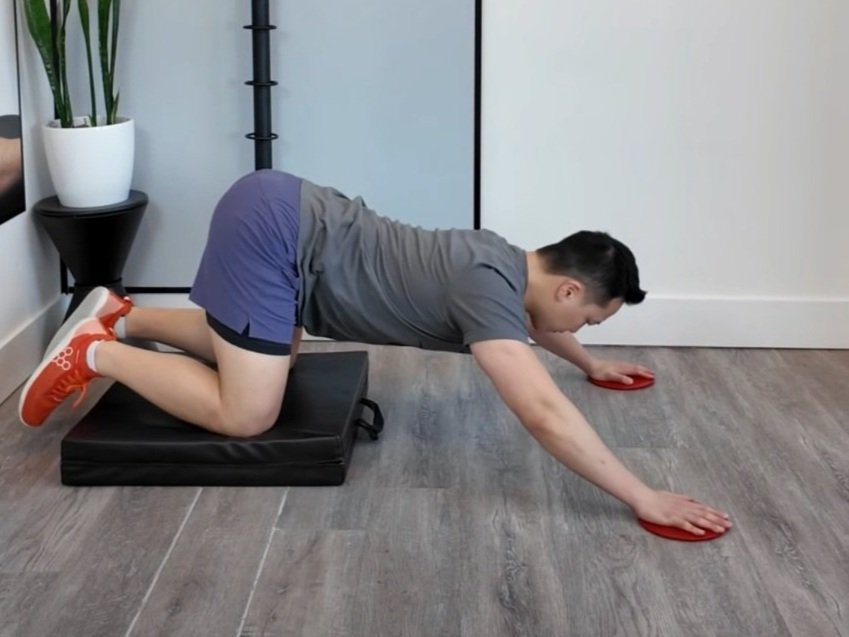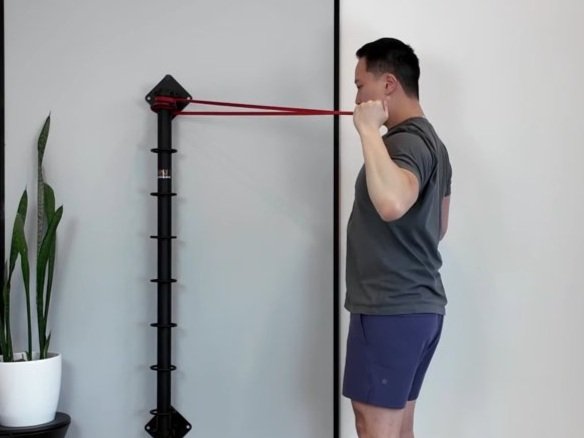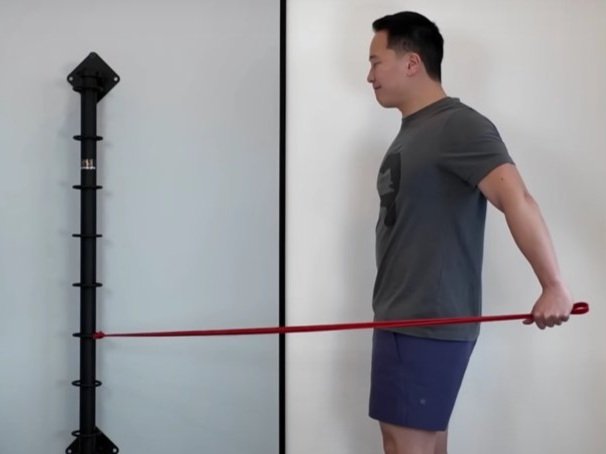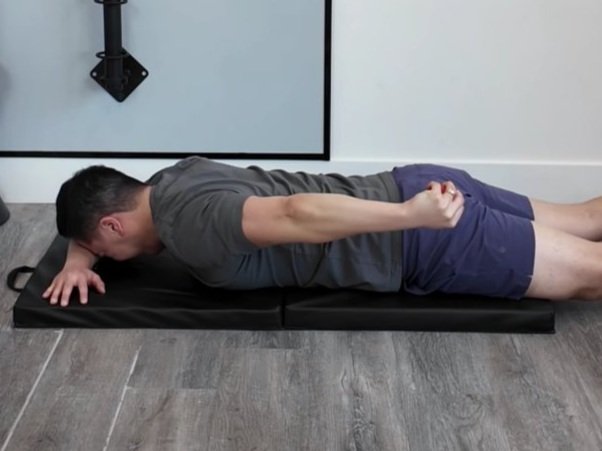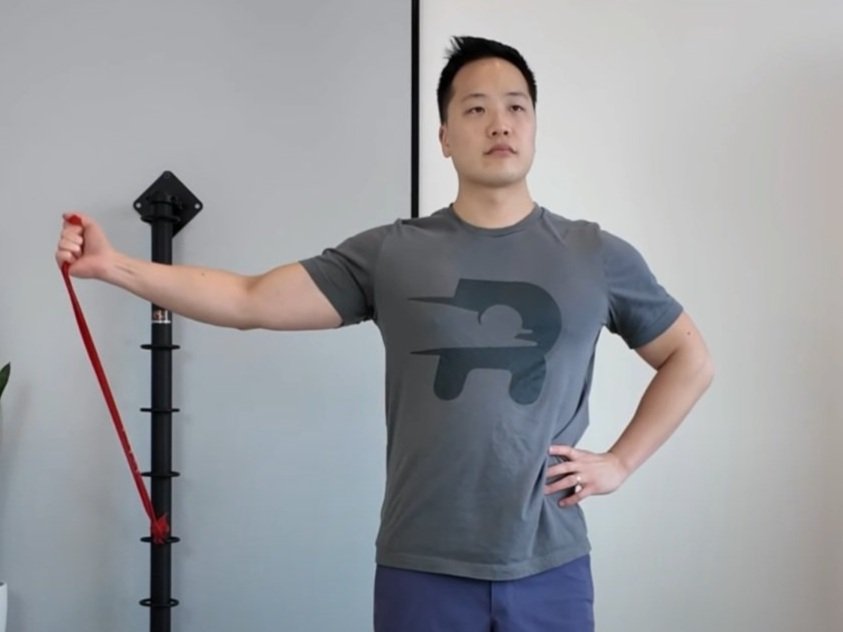Shoulder Instability
How does glenohumeral instability cause shoulder pain?
Learn about this condition and ways to manage symptoms.
What is glenohumeral instability?
The glenohumeral joint is the joint formed between the humeral head (upper arm) and glenoid fossa (shoulder blade). The inability to maintain joint centration between the humeral head and glenoid fossa is referred to as instability. This instability can occur due to laxity found in the soft tissues of the shoulder capsule, ligaments, or rotator cuff imbalances. Other contributing factors may include injuries such as labral tears, Bankart lesions, or congenital joint anomalies.
There are different degrees of glenohumeral instability. Ranking from most severe to least they are:
Dislocation - Joint is completely dislocating leading to separation of articulating surfaces
Subluxation - Momentary separation of the articulating surfaces. The joint will relocate spontaneously after the separation.
Apprehension - Sensation or fear that the shoulder may subluxate or dislocate in compromising positions
What types of glenohumeral instability exist?
The most common type of glenohumeral instability is anterior inferior instability. This type of instability is reflected upon 80% of cases and refers to the humeral head sliding anteriorly and inferiorly (forwards and downwards). Posterior glenohumeral instability is found in 10% of cases and refers to the humeral head sliding posteriorly (backwards). Multidirectional instability is usually congenital and is found in up to 10% of cases.
Is glenohumeral instability severe?
Glenohumeral instability may or may be severe depending on the grade of instability. There are three grades in total:
Grade 0: Normal shoulder stability, there is 0-25% translation
Grade 1: 25-50% translation is noted, the humeral head rides up on the glenoid labrum
Grade 2: 50-75% translation is noted, the humeral head rides up and over the glenoid labrum then reduces / relocates
Grade 3: Over 75% translation is noted and the humeral head is dislocated without relocation / reduction
How do you end up with glenohumeral instability?
Glenohumeral instability may occur following a single or recurrent acute injury. The instability is a result of damage to the soft tissues, rotator cuff muscles, labrum, or ligaments. Traumatic injuries can be due to direct trauma or due to overuse trauma. Direct traumas refer to external forces being applied to the shoulder, particularly in shoulder abduction and external rotation. Overuse traumas typically occur in overhead activities or sports such as swimming, boxing, or tennis.
Instability may also be due to atraumatic reasons. This includes congenital or familial conditions such as generalized joint laxity or glenoid dysplasia.
Why did I get glenohumeral instability?
About 2-3% of the general population will have glenohumeral instability. This condition is most often experienced in young athletes aged 15-30 years old, and it occurs in females more than males. Risk factors for this condition include previous injury, rotator cuff injury, occupational or sport demand (overhead activities) and nerve damage.
What kinds of treatments are available for shoulder instability?
Massage therapy can be applied to the muscles of the shoulder, scapula, cervical spine and thoracic spine. Techniques such as myofascial release therapy, ischemic compressions, myofascial glides, and Swedish massage can be utilized to improve secondary hypertonicity.
Consulting a physiotherapist for shoulder instability rehabilitation is recommended if the shoulder is not currently dislocated (referral for shoulder relocation is a priority). Manual therapy techniques may be utilized to reduce secondary muscle spasms and pain. Stability exercises may also be prescribed by your physiotherapist to promote long term results.
Joint mobilization or manipulation is recommended for areas of compensation and contraindicated for the glenohumeral joint. Areas of compensation include the scapulothoracic joint, thoracic spine, and cervical spine. Soft tissue therapy can be utilized to break secondary pain-spasm-pain cycle of compensating muscles. Exercise rehabilitation using exercise bands or weights may be prescribed by your chiropractor to promote shoulder stability.
Muscle-energy techniques such as proprioceptive neuromuscular facilitation or post-isometric inhibition may be utilized to address compensating biomechanics occurring in adjacent regions to the shoulder. Osteopathic techniques may be used to reverse dysfunctional movement patterns developed following traumatic injuries.
To book in with a Rehab Hero qualified therapist in Markham click the button below:
Which exercises help to improve shoulder instability?
The rotator cuff muscles are responsible for providing up to 50% of glenohumeral stabiltiy. As such, strengthening these muscles in proprioceptive or stability exercises will be important for long term shoulder health. Most patients respond well to exercise rehabilitation, however caution will need to be exercised as dislocation recurrence rates range from 15-90% depending on age (decreased dislocation recurrence with increase age).
An example of a stability exercise for the internal rotators of the shoulder is the Internal Rotation Side Step exercise:
The purpose of this exercise is to challenge the subscapularis to stabilize the shoulder against the band’s resistance. The subscapular is a rotator cuff muscle responsible for internal rotation of the shoulder.
An example of a stability exercise for the external rotators of the shoulder is the External Rotation Side Step exercise:
The purpose of this exercise is to challenge the infraspinatus and teres minor to stabilize the shoulder against the band’s resistance. The infraspinatus and teres minor are rotator cuff muscles responsible for external rotation of the shoulder.
An example of a proprioception exercise for the rotator cuff muscles is the External Rotation Perturbations exercise:
This exercise aims to use a weight plate shaking a resistance band to provide an unstable resistance. This will cause the rotator cuff muscles to contract in multiple planes of motion to provide multidirectional stability. This exercise also aims to improve shoulder proprioception by getting the rotator cuff muscles to contract reactively to a dynamic force.
For additional exercises specific to your experiences and injury it is recommended to consult a chiropractor or physiotherapist near you. To book in with a Chiropractor in Markham or Physiotherapist in Markham click the button below:
Written By:
Dr. David Song, Chiropractor, Rehab Coach


